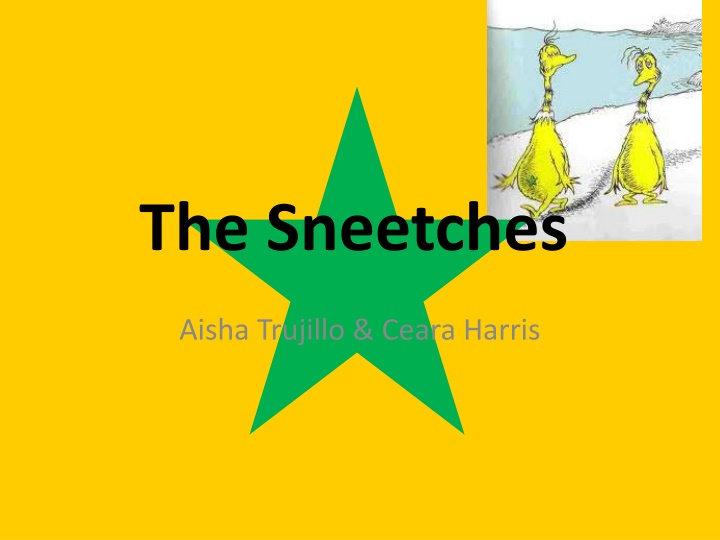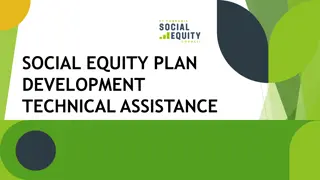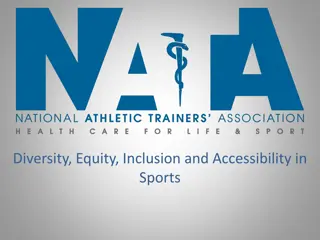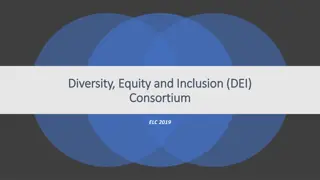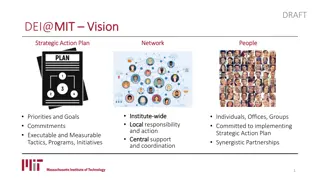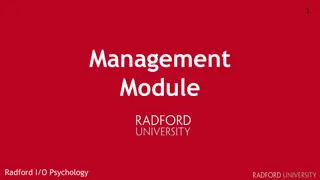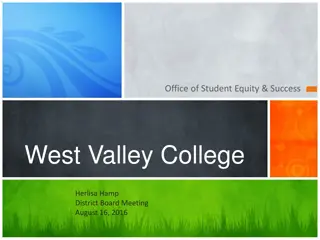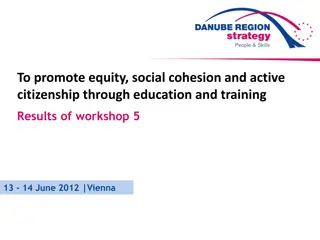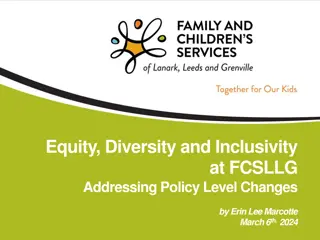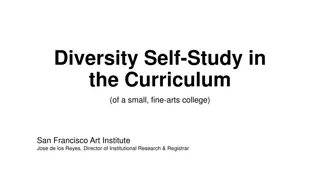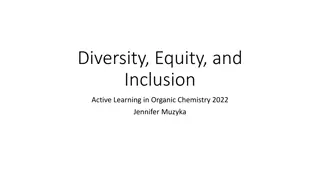Promoting Diversity and Equity Through "The Sneetches" Activity
Explore the themes of discrimination, privilege, and fairness using the story "The Sneetches" by Dr. Seuss. Engage students in activities to foster empathy, critical thinking, and empowerment. Encourage discussions on racism and diversity to promote a more inclusive learning environment.
Download Presentation

Please find below an Image/Link to download the presentation.
The content on the website is provided AS IS for your information and personal use only. It may not be sold, licensed, or shared on other websites without obtaining consent from the author.If you encounter any issues during the download, it is possible that the publisher has removed the file from their server.
You are allowed to download the files provided on this website for personal or commercial use, subject to the condition that they are used lawfully. All files are the property of their respective owners.
The content on the website is provided AS IS for your information and personal use only. It may not be sold, licensed, or shared on other websites without obtaining consent from the author.
E N D
Presentation Transcript
The Sneetches Aisha Trujillo & Ceara Harris
Perspective Before conducting this activity, educators may want to discuss historical information about racism and diversity issues.
Perspective In the story The Sneetches, written by Dr. Seuss, yellow bird-like creatures take students on an adventure where green stars become the symbol of discrimination and privilege.
Perspective After reading the story aloud, let students participate in the following activities that can be adapted with or without the story.
Objectives Students will experience discrimination and develop a sense of fairness and equity. Students will apply literature to real life experiences. Students will become empowered to take responsibility for their environment.
Materials The Sneetches by Dr. Suess Green stars Yellow construction paper Tape Notebooks
Rationale A special note on the simulation activity: The simulation exercise included here can help children understand the emotional impact of unfair practices. The follow-up activity on discrimination helps ensure that students understand that the goal is to change those practices, not the characteristics that make us different from one another.
Looks, Sounsd, & Feels Looks like: Unfairness Sounds like: Some students are more special than others Feels like: Teacher is playing favorites
Procedures Read The Sneetches aloud as a whole class or in small groups. Make a class list of class privileges, i.e. lining up first, extra points for tasks, homework passes, extra center time. Divide the class into two groups by assigning students odd/even numbers. Half the class wears a green star, using paper. The group with green stars is granted the privileges on the class list. Allow an extended time for all students to have time in each group; those privileged with stars and those without stars or privileges.
Brainstorm Students discuss The Sneetches and students' experiences in small groups: How do the Star-Belly Sneetches look? How do the Plain-Belly Sneetches look? How is the language different for plain and Star-Belly Sneetches? When you were without a star, how did you feel about classmates with stars? What kinds of things do we use as "stars" that make people feel special?
Brainstorm What makes you feel like a Plain-Belly Sneetch, a Star- Belly Sneetch? What feelings did you have during the class activity? What lessons did you learn? List three actions you will take to help everyone feel like they belong.
Follow up Assist students in pairing with a classmate that is outside their usual circle of friends. The pairs become "Fairness Teams" for several days and keep a journal of ways that they -- or others they observe -- help end discrimination. Allow a brief time each day for teammates to share their experiences and discuss journal entries.
Follow up After several days, the whole class meets and discusses the journal entries. Each Fairness Team reflects on what they learned about putting an end to discrimination. Encourage students to set goals for extending the activity to their homes and communities. Team reflections and assessments can be an ongoing activity.
Debrief Challenge the class to put their class list into practice and work to end discrimination.
